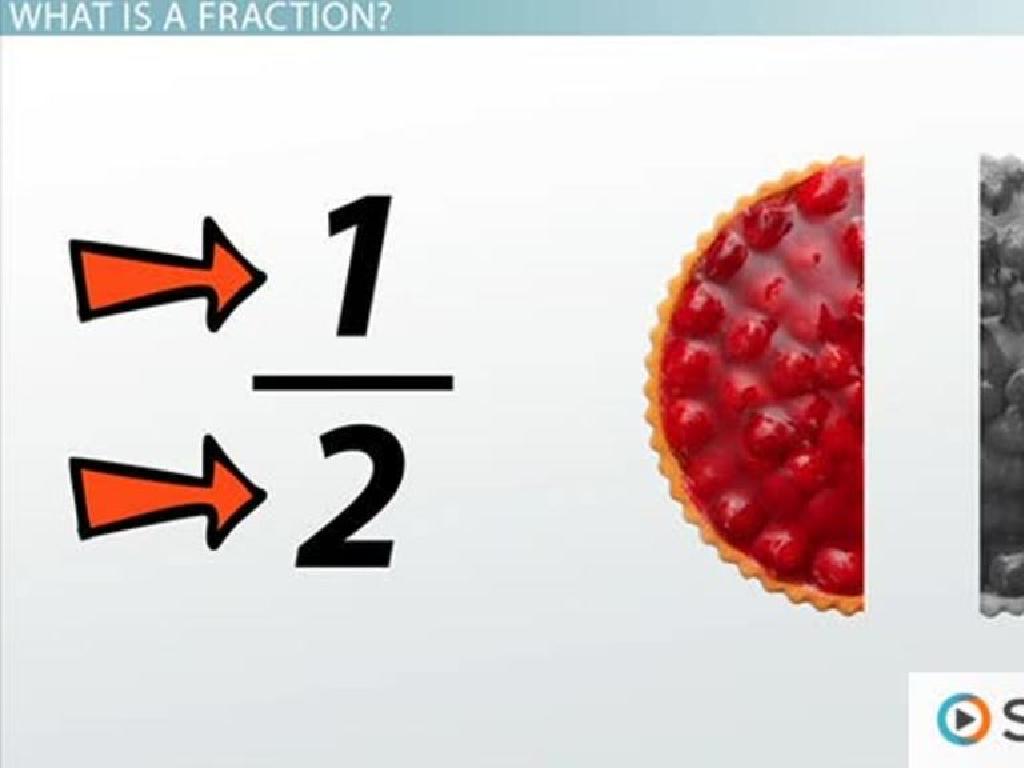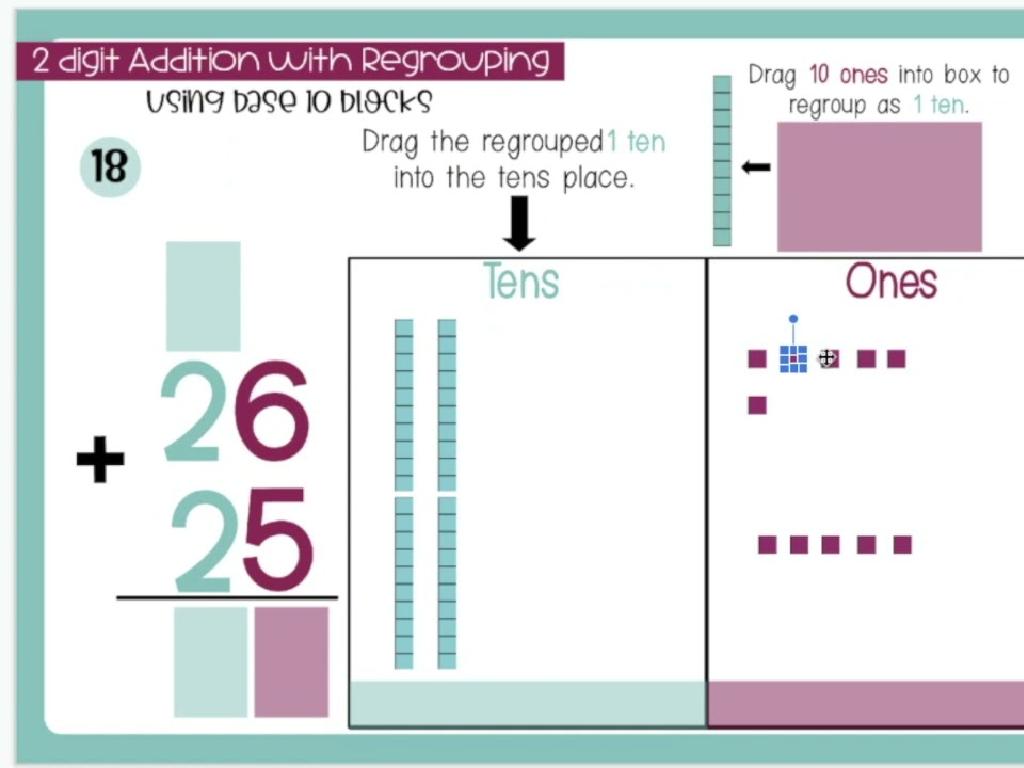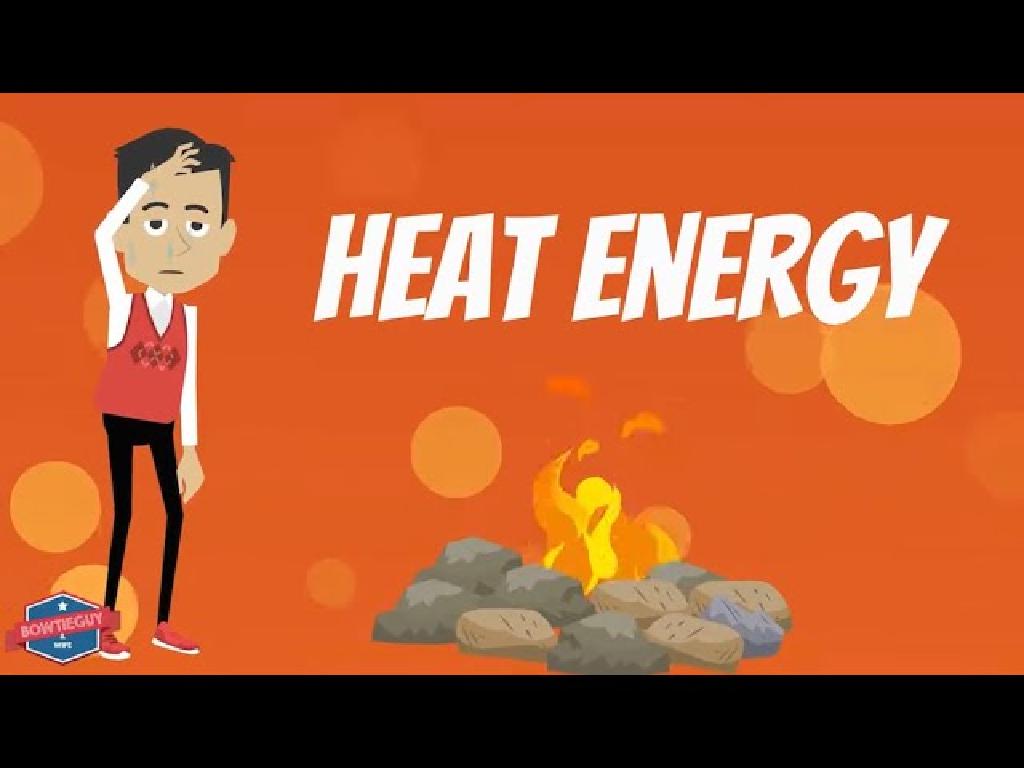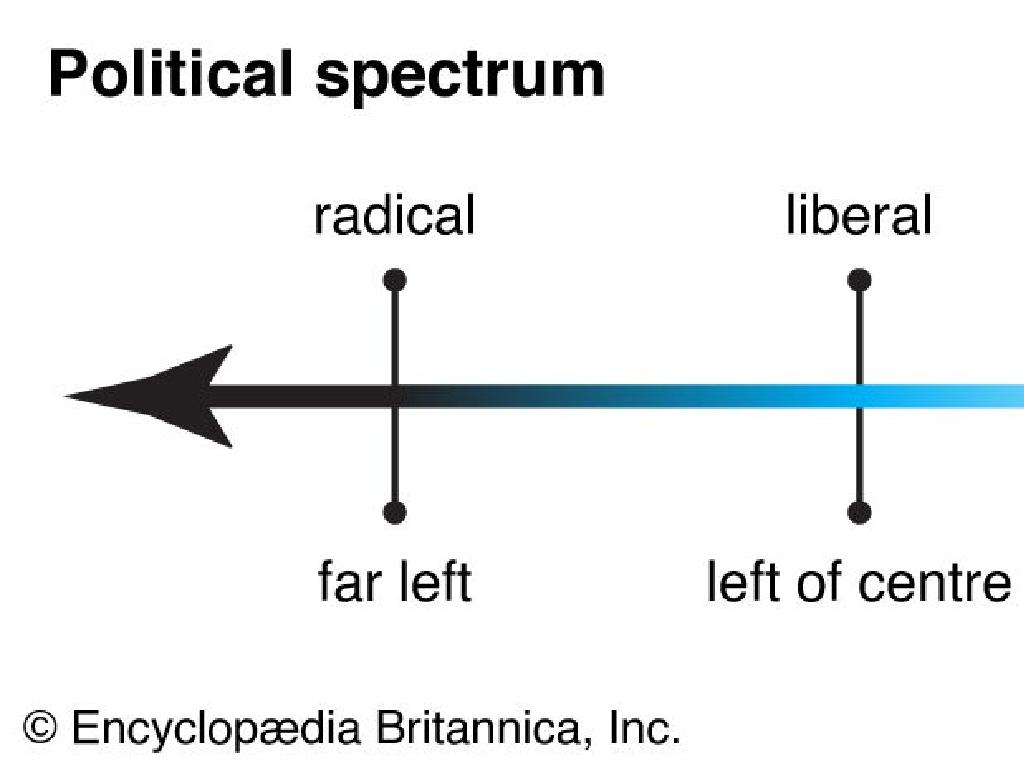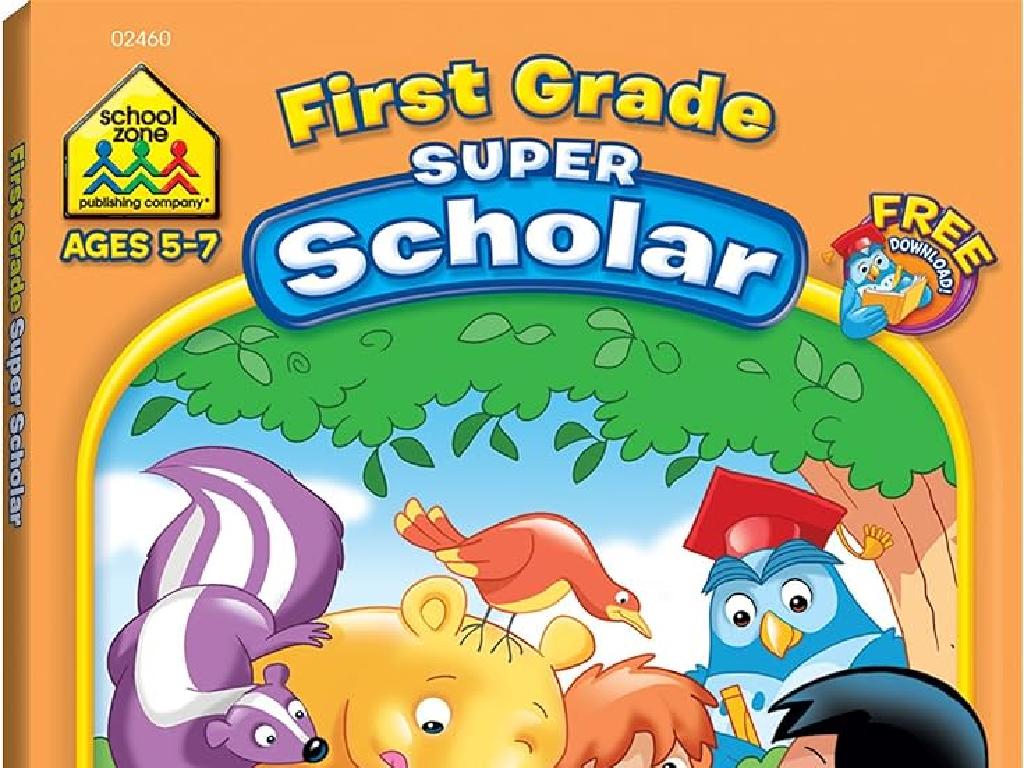Writer'S Purpose
Subject: Language arts
Grade: Third grade
Topic: Topic Sentences
Please LOG IN to download the presentation. Access is available to registered users only.
View More Content
Understanding Writer’s Purpose
– Explore writer’s purpose
– What are topic sentences?
– The main idea of a paragraph, like a title
– Topic sentences guide readers
– They tell us what the rest of the paragraph is about
– Practice finding topic sentences
|
This slide introduces the concept of a writer’s purpose and the importance of topic sentences in writing. Begin by discussing the reasons why writers create stories or essays, such as to inform, entertain, or persuade. Explain that topic sentences are like the title of a paragraph, giving the reader a preview of what’s to come. They are crucial for guiding readers through the text and understanding the main point. Engage the students with examples of topic sentences and encourage them to practice finding them in their favorite books or provided passages. This will help them to become better readers and writers by recognizing the structure and flow of a well-organized paragraph.
Understanding Topic Sentences
– What is a topic sentence?
– It’s the main idea of a paragraph.
– Guides the paragraph
– It tells readers what to expect in the paragraph.
– Like a movie trailer
– A preview that gives a sneak peek of the paragraph’s content.
|
This slide introduces the concept of a topic sentence to third-grade students. A topic sentence is explained as the main idea of a paragraph, which sets the scene for what is to come, much like a movie trailer does for a movie. It’s important to convey that the topic sentence should be clear and concise, giving the reader a sense of what the rest of the paragraph will discuss. Use examples from familiar stories or write a sample paragraph on the board to illustrate how the topic sentence relates to the details that follow. Encourage students to think of their own ‘movie trailers’ for paragraphs they might write.
Exploring Types of Writing
– Narrative Writing: We tell stories
– Like when we talk about our weekend adventures!
– Informative Writing: We share facts
– Think of sharing cool facts about animals or space.
– Persuasive Writing: We convince others
– Like when you explain why recess should be longer!
– Understanding Writer’s Purpose
|
This slide introduces students to the three main types of writing and the purpose behind each. Narrative writing is used when telling a story, which can be from personal experience or imagination. Informative writing is about providing facts and information on a specific topic. Persuasive writing aims to convince the reader of a particular point of view or to take action. It’s important to help students understand that the writer’s purpose affects how they write. Encourage students to think of times they have used each type of writing. For example, when they’ve told a story about their day, shared facts about their favorite animal, or tried to persuade their parents or friends. This understanding will help them identify the purpose in the writings they read and improve their own writing skills.
Understanding Writer’s Purpose
– Writers have different purposes
– Persuade, Inform, and Entertain (PIE)
– To convince, to teach, or to amuse readers
– Purpose influences topic sentences
– A persuasive topic sentence might ask for change, informative might state a fact, and entertaining could start with a joke
– Recognizing the writer’s intent
– Use clues in the text to discover why the writer wrote it
|
This slide introduces the concept of the writer’s purpose and how it shapes the way they craft their topic sentences. The acronym PIE (Persuade, Inform, Entertain) helps students remember the three main reasons why writers write. It’s crucial for students to understand that a writer’s intent will guide the style and content of their writing, especially the topic sentence of a paragraph or essay. For example, a persuasive topic sentence will likely urge the reader to take action or adopt a belief, while an informative one will present facts or explanations, and an entertaining one might use humor or a story to engage the reader. Encourage students to look for keywords or phrases that signal the writer’s purpose and to practice identifying the purpose in different texts they read.
Identifying the Writer’s Purpose
– Guess purpose from topic sentence
– The topic sentence gives clues about why the writer wrote the piece.
– Practice with example sentences
– We’ll look at sentences and figure out the writer’s main goal.
– Understand reasons for writing
– Writers write to explain, persuade, entertain, or inform.
– Share your guesses in class
|
This slide is aimed at helping third-grade students understand the concept of a writer’s purpose through the examination of topic sentences. Begin by explaining that a topic sentence can often give us hints about the writer’s main reason for writing. During the practice activity, provide students with a variety of topic sentences and ask them to determine whether the writer’s purpose is to explain, persuade, entertain, or inform. Encourage students to use clues from the sentences to support their guesses. This activity will help students to start thinking critically about the texts they read and the intent behind them. Make sure to create an interactive environment where students feel comfortable sharing their thoughts and guesses with the class.
Crafting Our Own Topic Sentences
– Become the writer yourself!
– Write a topic sentence for a story
– Start with a hook or setting the scene
– Create a topic sentence for an essay
– State your opinion or main argument
– Make a topic sentence for a report
– Present the main fact or subject you’ll discuss
|
This slide is an interactive activity designed to engage third-grade students in understanding and creating topic sentences for different types of writing. Encourage the students to think creatively and come up with a unique topic sentence for a story, an essay, and a report. For a story, they might begin with a hook or by setting the scene. For an essay, they should state their opinion or the main argument they will be making. For a report, they should present the main fact or subject that will be discussed. Provide guidance and examples for each type of writing. During the next class, students can share their sentences and discuss what makes them effective as topic sentences.
Class Activity: Topic Sentence Creators!
– Pick a writing type in groups
– Create a topic sentence
A topic sentence introduces the main idea of a paragraph.
– Share with the class
– Explain the writer’s purpose
Is it to inform, persuade, or entertain the reader?
|
This activity is designed to help students understand the concept of a writer’s purpose through the creation of topic sentences. Divide the class into small groups and assign each group to choose one type of writing: narrative, informative, or persuasive. Each group will then craft a topic sentence that would be suitable for a paragraph in their chosen type of writing. After creating their topic sentences, groups will share them with the class and discuss the intended purpose of the writer: to inform the reader with facts, to persuade the reader of a certain viewpoint, or to entertain the reader with a story. This exercise will enhance their understanding of how topic sentences set the tone for a paragraph and how they reflect the writer’s intent. Provide guidance and examples for each type of writing to support the students as they create their sentences.
Conclusion & Reflection: Understanding the Writer’s Purpose
– Celebrate becoming topic sentence creators!
– Reflect on your favorite book’s purpose
– Was the author telling a story, sharing facts, or persuading you?
– Recognize the topic sentence’s role
– It’s like a guide, telling us what the rest of the paragraph is about
– Share your thoughts with the class
|
This slide wraps up the lesson on the writer’s purpose and the importance of topic sentences. Congratulate the students on their hard work in crafting topic sentences. Encourage them to think about their favorite books and discuss the author’s intent whether it was to entertain, inform, or persuade. Emphasize that the topic sentence is crucial as it gives direction to the paragraph and helps the reader understand the main idea. Invite students to share their insights, which will help reinforce their understanding and allow them to learn from each other’s perspectives.

